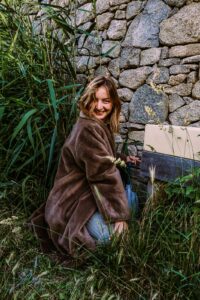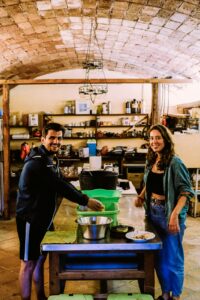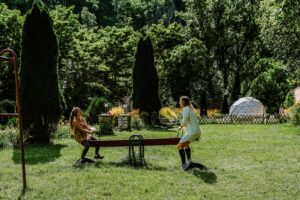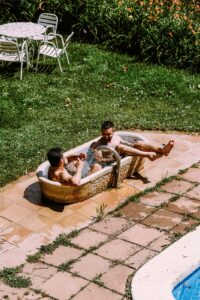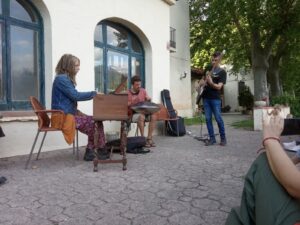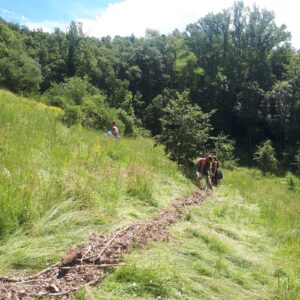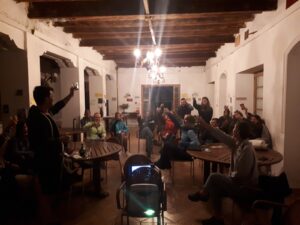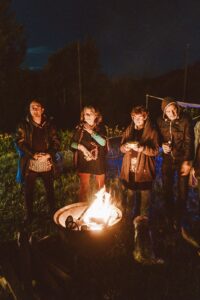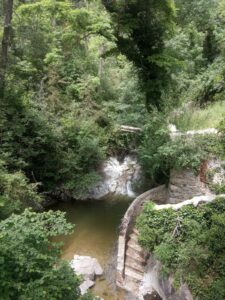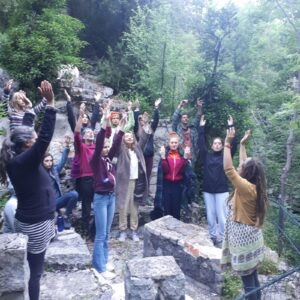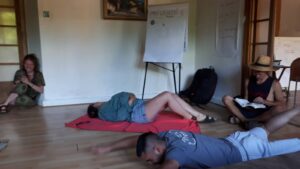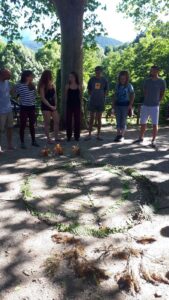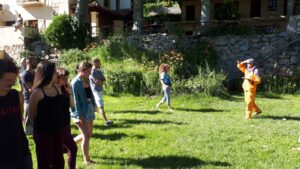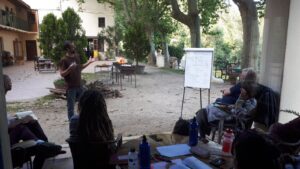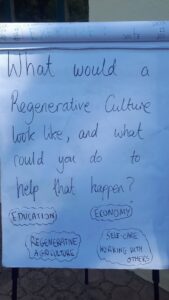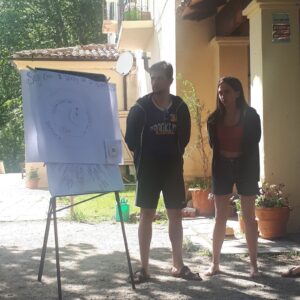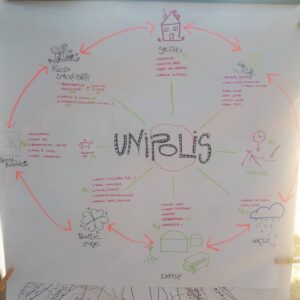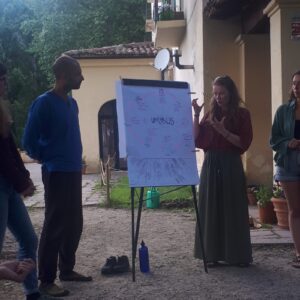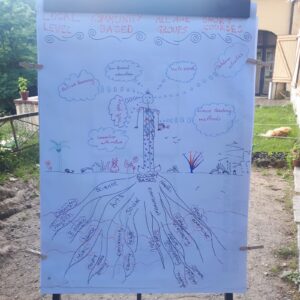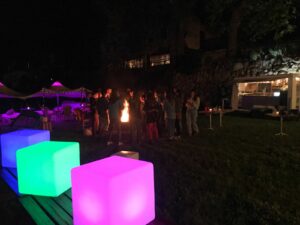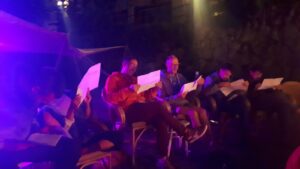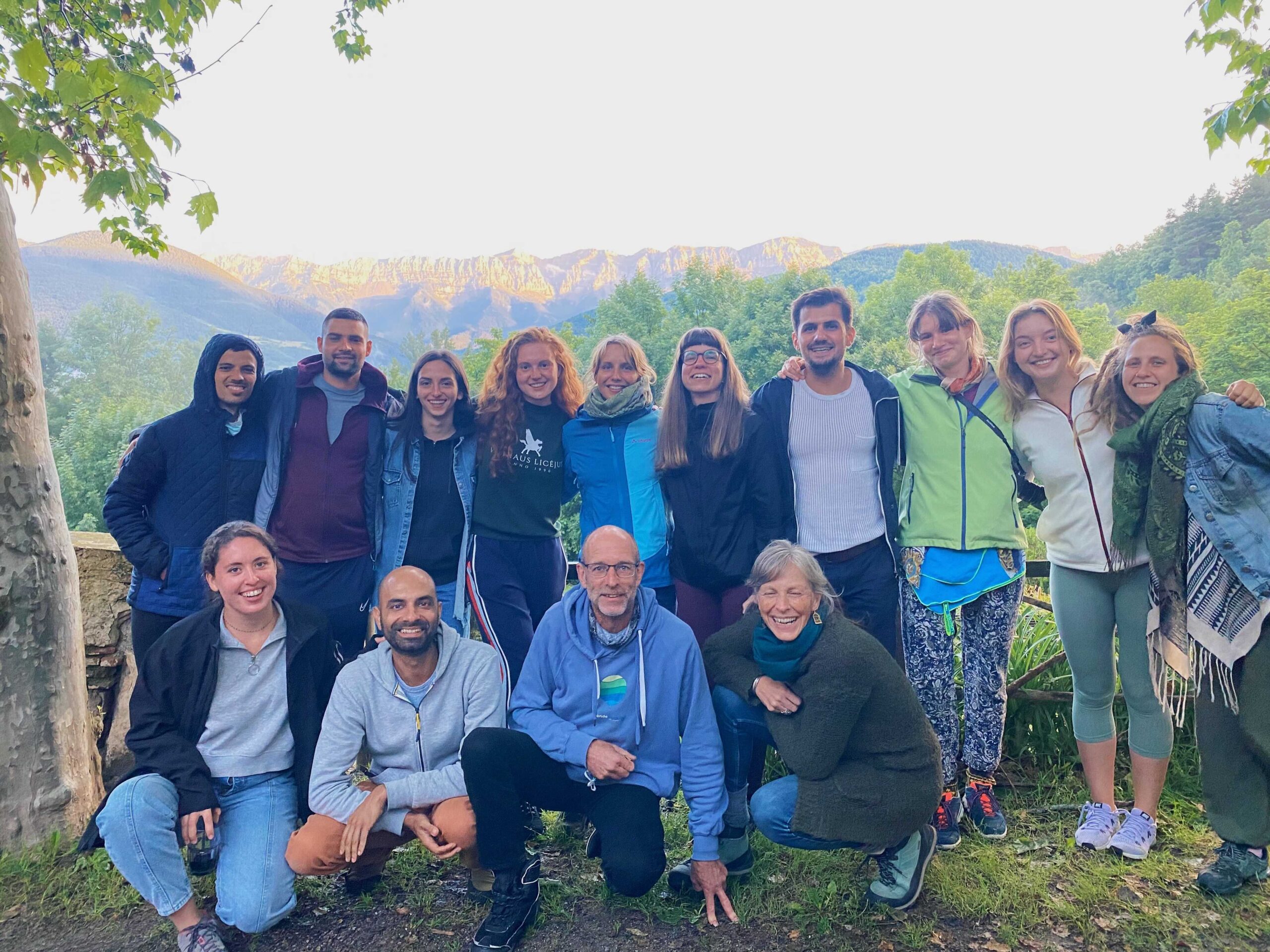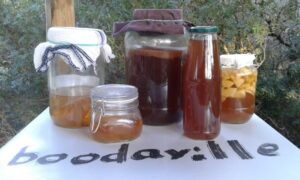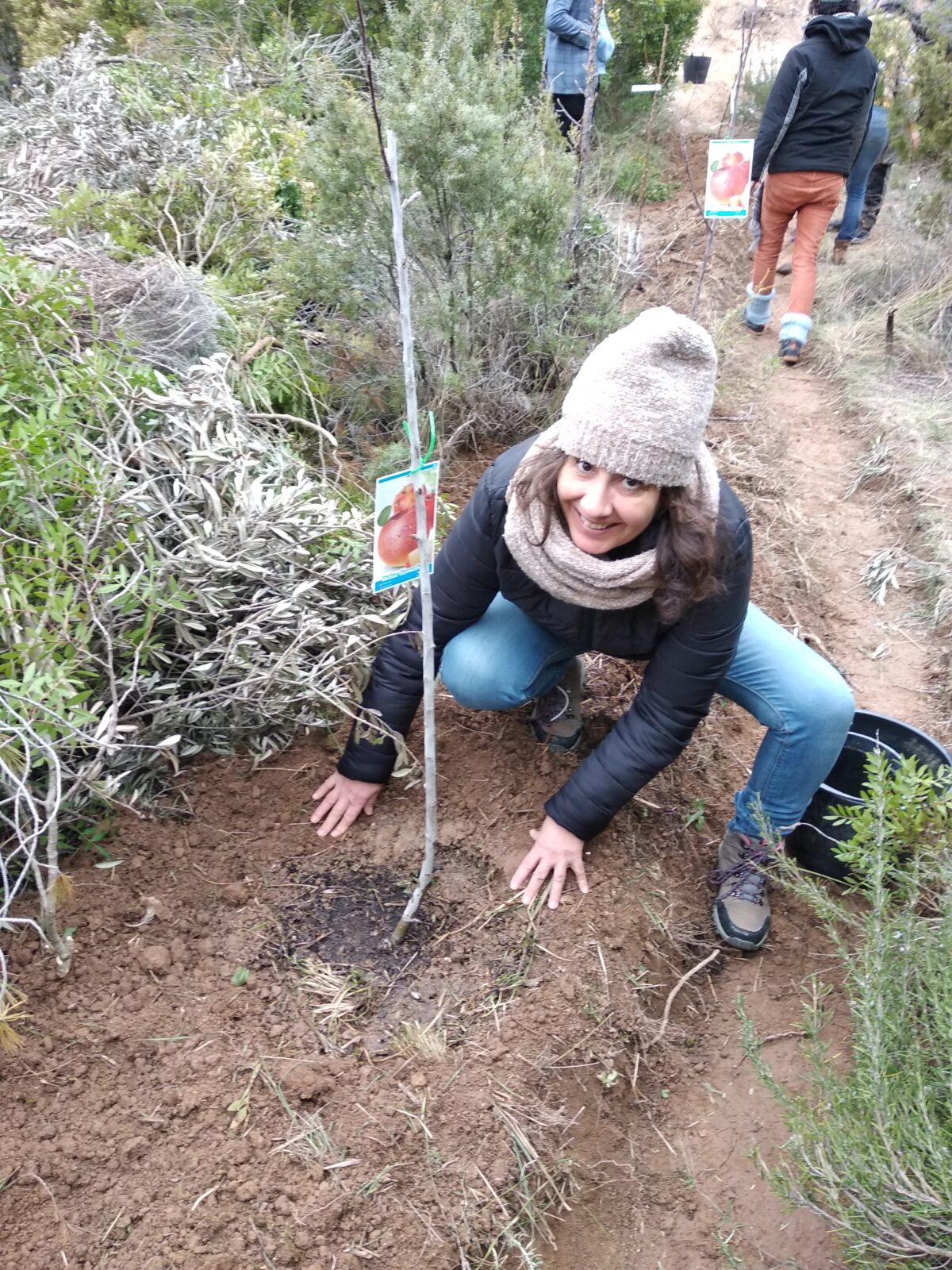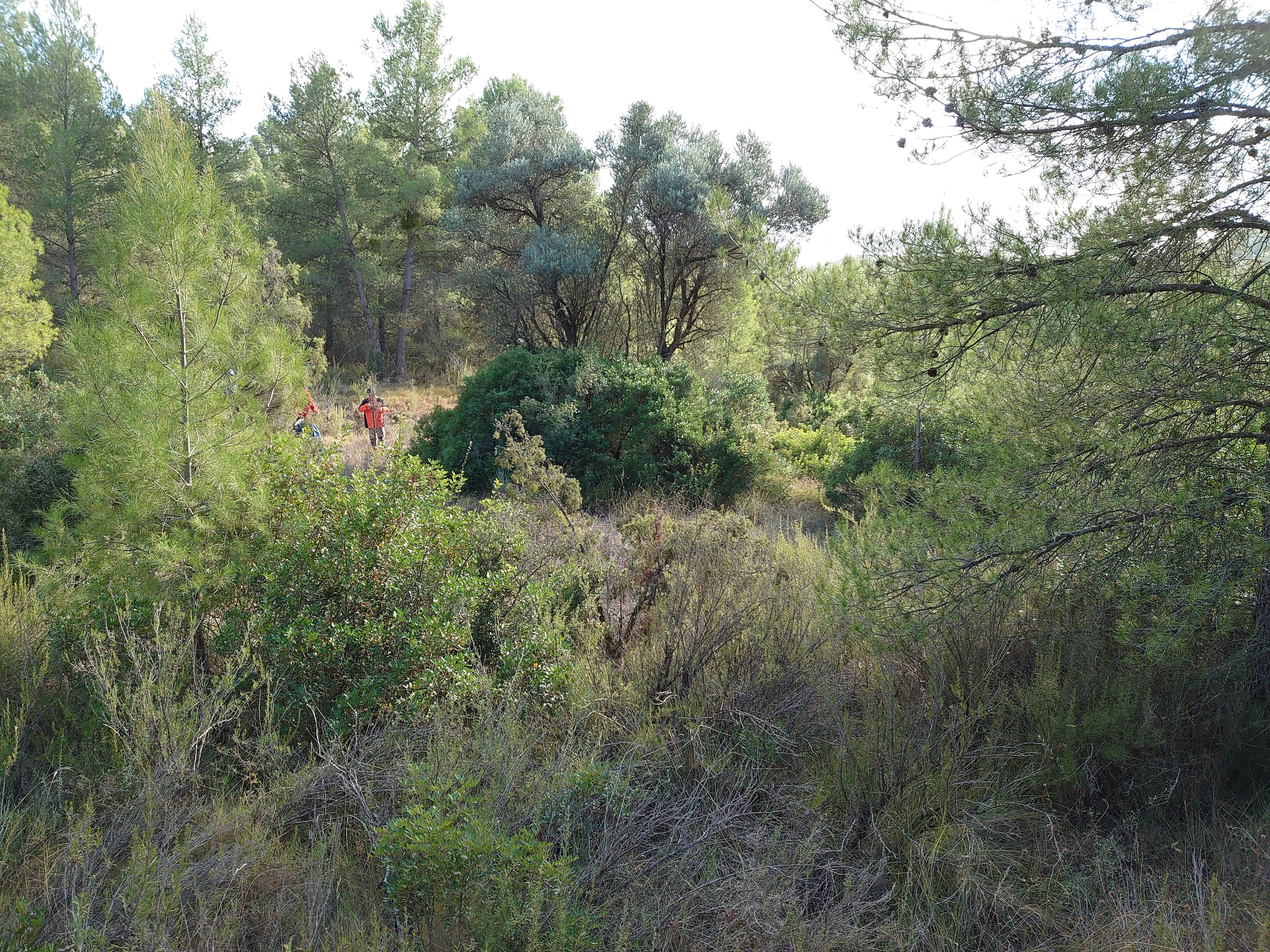
Living the Questions – Youth Worker Training
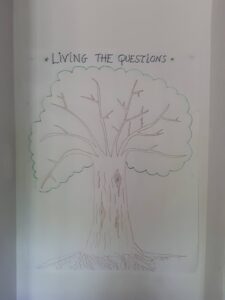
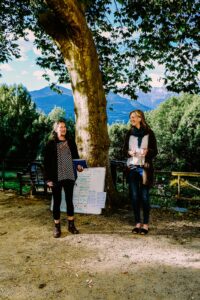
Boodaville organised this Youth Worker Training at the beautiful Sanilles Eco- Resort in the Spanish Pyrenees the 20th – 30th June 2021. With participation from over 16 different countries Anna Louise from Boodaville and Aline from La Casa Integral facilitated sessions on Permaculture and Regenerative Cultures (drawing heavily on the texts “Designing Regenerative Cultures” by Daniel Wahl and “People and Permaculture” by Looby McNamara). Many thanks to everyone involved!! It was a beautiful week, and thanks to @morja_zala and Aline among others for the wonderful photos!
A summary from our participants…
“1 + 1 is more than two isn’t it? When we arrived at Sanilles 5 days ago as individuals we had not yet formed the connections that we now have. Through sharing circles, games, singing, eating together, social time and participating in diverse non-formal learning methods, we have steadily built our connections and become more aware of how we may collectively respond to the big questions of our time. In class we have explored permaculture principles and design techniques, and in parallel learnt how to apply these regenerative cultures in the foreseeable future by adapting, collaborating and using our ability to respond. Through both our new bonds and what we’ve learned about ecology, regenerative agriculture, education and economy for example, we have come to an awareness of the need for an attitude of gratitude for the earth and each other. It is a true gift to be united in such diversity, and to be able to put our stereotypes on the table in honesty and learn about the world from multiple perspectives. So by thinking critically, creatively and courageously we can use the knowledge and experiences we have gained to be the change we want to see in the world and inspire others. We face a future when nothing is predictable. Do you breathe air? Then you should care. Our regenerative future is emerging… what role will you play? Let’s step forward together in active hope, and keep going no matter what!”
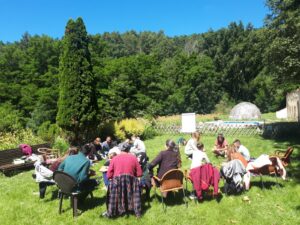
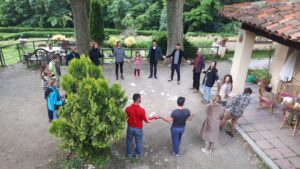
Our classroom was full of resources about ecological design, systems thinking, regenerating economy, education and agriculture and how to care for ourselves and work joyfully with others.
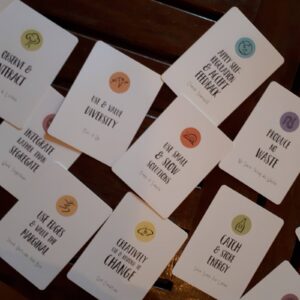
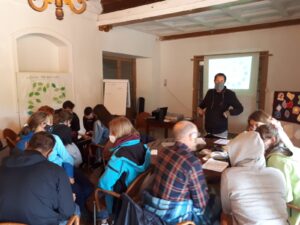
But the best place for learning was outside in the stunning natural surroundings (the difference in temperature inside the building and outside in the sun was huge!!)
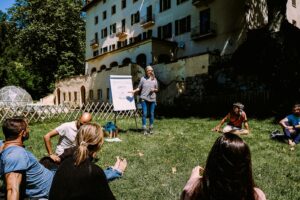
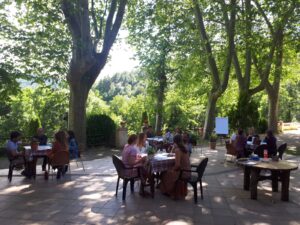
Wahi groups – each day a group participated in the daily tasks of fetching natural spring water, kitchen work and keeping the site tidy
